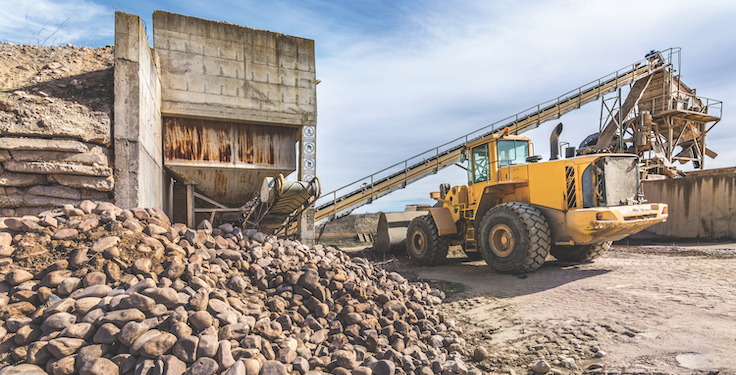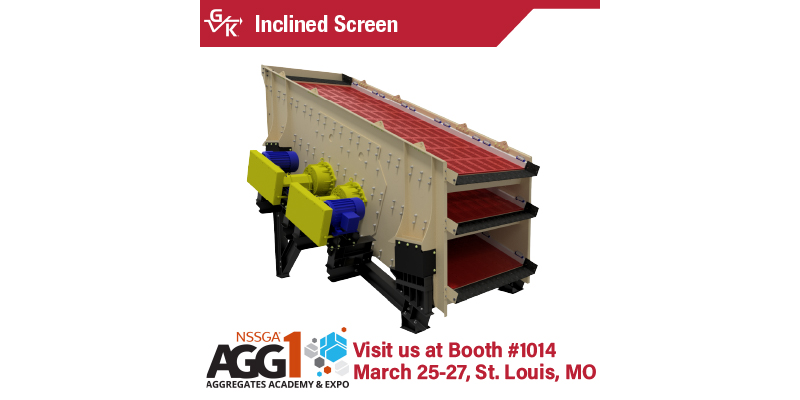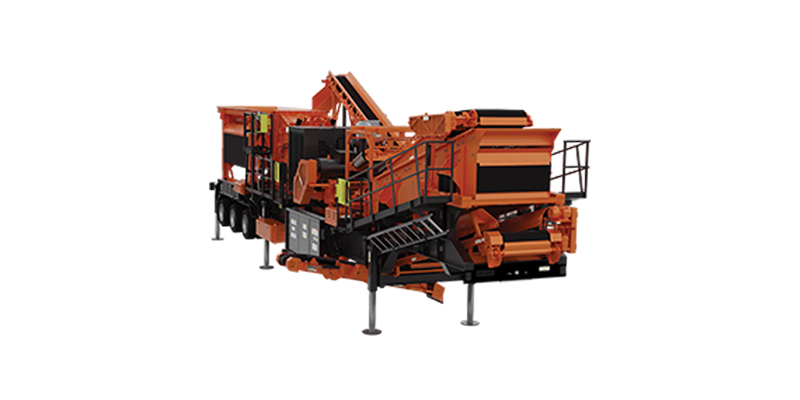
The Pit & Quarry Roundtable & Conference provides a platform each year to ponder the months to come and evaluate where the aggregate industry stands as producers prepare for another production season.
The magazine will put the spotlight on a variety of topics at its 2025 Roundtable, which takes place at the end of January. And while content from the annual meeting isn’t available for this month’s edition, the questions that drove our roundtable-style discussions were prepared ahead of our February deadline.
As I pored over the questions we prepared for industry leaders, one driver that will ultimately determine some of the answers is the second Trump administration.
Some industry companies say they’re already feeling the impact of Trump’s second term. Conn-Weld Industries president Marvin Woodie, for example, shared how on Nov. 6 – the day after Election Day – his company experienced a palpable increase in quote requests and orders. As Woodie describes: “There is a positive feeling the industry has about the future of capitalizing mining projects.”
Many of the industry leaders featured in our latest Road to Prosperity section share Woodie’s optimism, but new questions emerge with every U.S. presidency.
The next federal infrastructure bill is already on the minds of those at the National Stone, Sand & Gravel Association. The Infrastructure Investment & Jobs Act (IIJA) expires in September 2026, and the support of the 119th Congress, which is comprised of 75 new members, will be key to determine the road beyond IIJA.
As President Trump prepared to take office this month, he made clear that border control, tax relief and energy policy are priorities of his administration. All of those should present opportunities to those invested in aggregates.
Of course, that’s a lot to tackle in one term, making the administration’s approach to infrastructure worth watching over the next year and a half.
Additionally, plenty of IIJA funds have yet to be awarded. The Brookings Institute, a nonprofit public policy organization, says tens of billions of IIJA dollars still need to flow into the market. Now, it’s the Trump administration and a Republican-controlled Congress pulling the levers on where monies go.
Separately, the president has been vocal about imposing tariffs early on in his administration. This certainly bears watching, as do the sustainability initiatives some producers embarked on in recent years. Will the nation’s largest producers be as aggressive with these over the next four years, or may we see a slowdown of sorts as regulatory pressures ease? These answers are still to come.
The direction the Mine Safety & Health Administration (MSHA) takes is another area to watch. The agency’s respirable crystalline silica rule isn’t going anywhere, with aggregate producers expected to be compliant in April 2026 with the permissible exposure limit of 50 micrograms per cubic meter and an action level of 25 micrograms per cubic meter.
Producers, however, will find some relief from MSHA under the Trump administration as the regulatory pendulum swings in favor of the industry.
Related: President Trump shares $500B AI infrastructure investment plan












